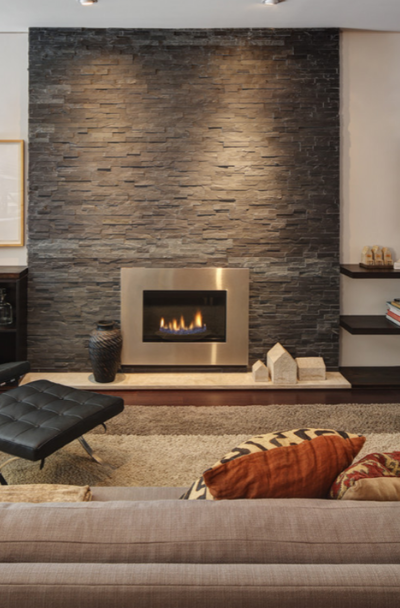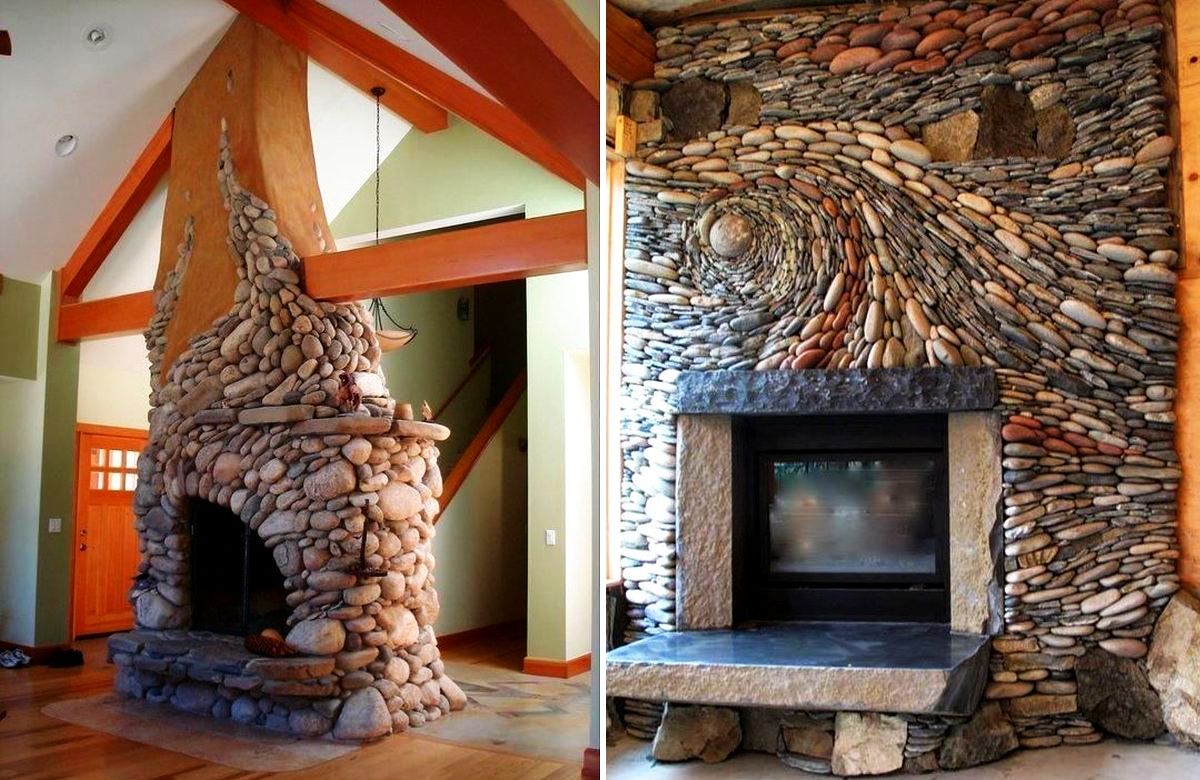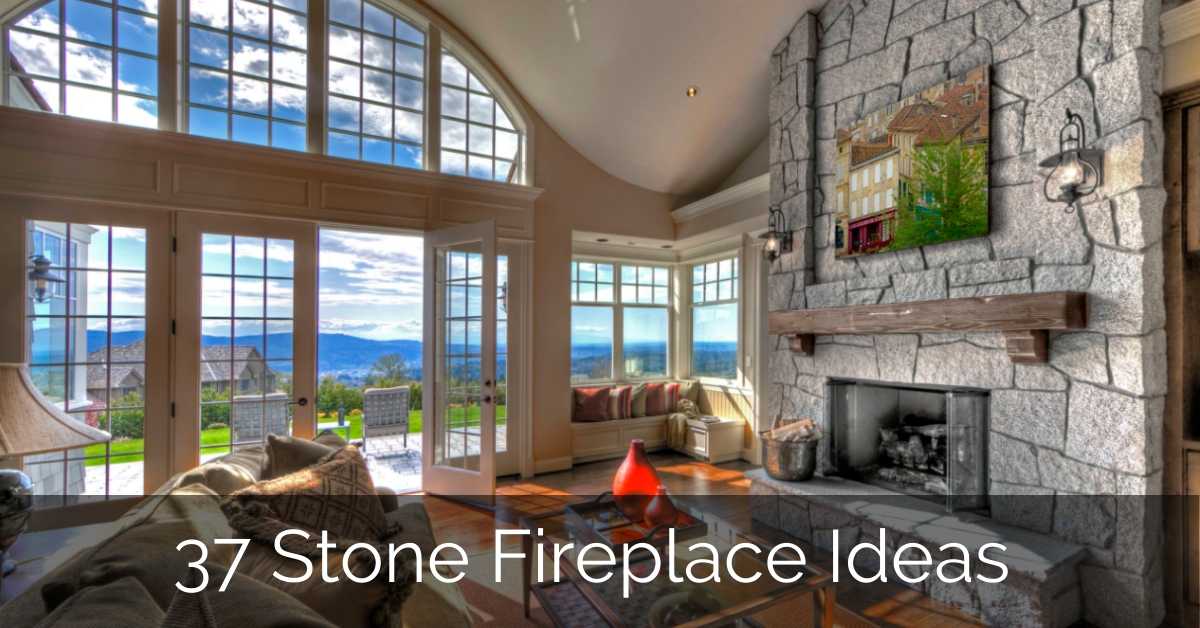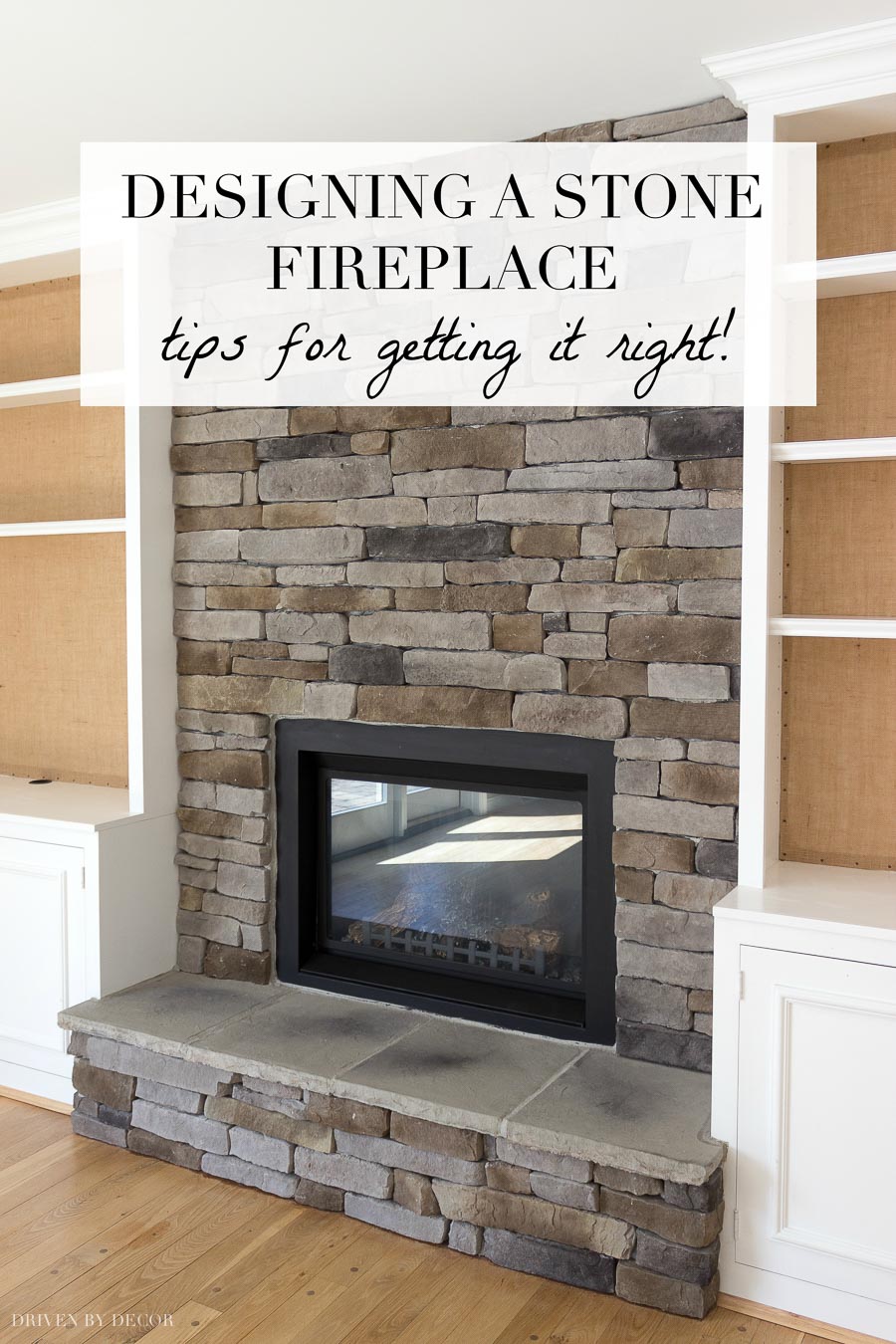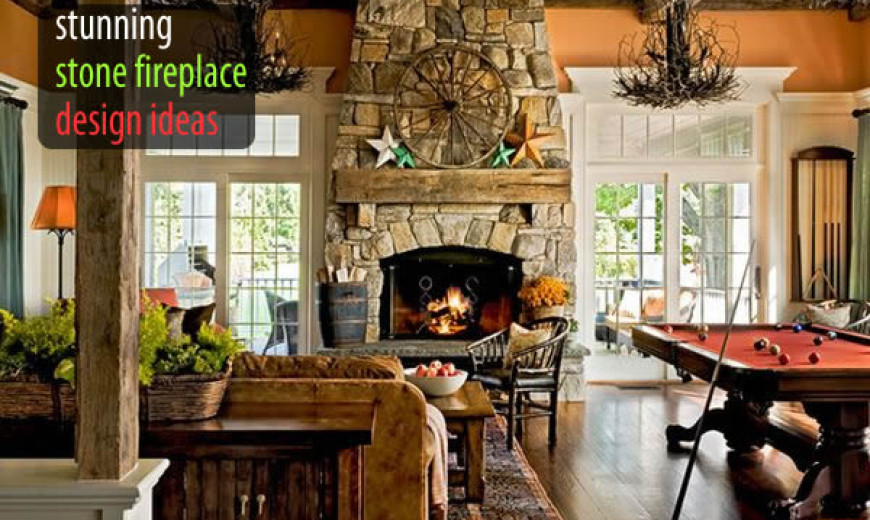An indoor stone fireplace adds warmth, character, and timeless appeal to any home. Whether you prefer a rustic, modern, or traditional look, stone offers durability and natural beauty that complements various interior styles. Unlike other materials, stone fireplaces can be customized in shape, texture, and color to match your décor. From stacked stone to sleek marble surrounds, the design possibilities are nearly endless. Below, we explore key aspects of choosing, building, and styling an indoor stone fireplace.
Choosing the Right Stone Material
The type of stone you select will significantly impact the fireplace’s appearance and maintenance needs. Natural stone options like slate, limestone, and granite offer unique textures and colors, each with distinct durability levels. Manufactured stone veneer is a lighter, more affordable alternative that mimics natural stone convincingly. Consider heat resistance, ease of cleaning, and how the stone complements your home’s existing finishes.
Softer stones, such as sandstone or travertine, require more frequent sealing to prevent stains and moisture damage. Harder stones like granite or quartzite withstand heat better and need less upkeep. If you prefer a uniform look, cut stone provides clean lines, while irregular fieldstone creates a more organic, rustic feel. Always request samples to see how the stone looks in your lighting before making a final decision.
Budget is another important factor—natural stone tends to be more expensive than veneer, and installation costs vary based on complexity. If you’re renovating, ensure your floor can support the weight of a full stone fireplace. For a balanced approach, combine stone with other materials like wood or metal to reduce costs while maintaining visual interest.
Classic vs. Modern Fireplace Designs
Traditional stone fireplaces often feature a large hearth, a mantel, and intricate detailing, making them ideal for rustic or farmhouse-style homes. These designs typically use stacked stone or river rock for a cozy, lived-in feel. A wood-burning insert enhances authenticity, though gas or electric options can simplify maintenance. The mantel can be wood or stone, serving as a display space for décor or family photos.
Modern stone fireplaces lean toward minimalism, with clean lines, smooth surfaces, and neutral tones. Materials like marble or polished granite create a sleek, high-end look. Linear gas fireplaces or ethanol burners pair well with this style, offering a controlled flame without the need for a chimney. Floating hearths or asymmetrical stone arrangements add contemporary flair while maintaining functionality.
For a transitional design, blend classic and modern elements—such as a rough stone surround with a streamlined mantel. Consider the room’s scale; a large, ornate fireplace may overwhelm a small space, while a subtle stone accent wall can add texture without dominating. The right design should harmonize with your furniture, wall colors, and overall aesthetic.

Fireplace Placement and Room Integration
A well-placed fireplace becomes the focal point of a room, so position it where it draws attention without disrupting traffic flow. In living rooms, centering it on the main wall creates symmetry, while corner installations save space in smaller areas. Ensure seating is arranged to face the fireplace, encouraging conversation and relaxation.
In open-concept homes, a double-sided or see-through fireplace can divide spaces while allowing heat and light to spread. A stone fireplace in a bedroom adds luxury and warmth, but proper ventilation is crucial. For dining rooms or kitchens, a smaller stone-faced stove or insert can provide ambiance without excessive heat output.
Consider how the fireplace interacts with other architectural features, such as windows, beams, or built-in shelving. Stone can be carried up to the ceiling for a dramatic effect or kept low for a subtle accent. Lighting, such as sconces or recessed spots, can highlight the stone’s texture and elevate the room’s atmosphere.
Building and Installation Considerations
A stone fireplace requires a solid foundation, especially if using heavy natural stone. Consult a structural engineer to verify that your floor can support the weight. If installing a wood-burning unit, proper venting and clearance from combustible materials are essential for safety. Gas or electric inserts offer more flexibility in placement and require less structural reinforcement.
Hiring a professional mason ensures precise craftsmanship, particularly for complex designs like arched openings or herringbone patterns. DIY installation is possible with stone veneer panels, which are lighter and easier to handle. Always use heat-resistant mortar and follow local building codes regarding flue size, hearth extensions, and fireproofing.
The installation timeline depends on the design—prefabricated stone surrounds take a few days, while custom builds may require weeks. Plan for mess and dust during construction, particularly if retrofitting an existing fireplace. Once installed, apply a sealant to protect porous stones from soot and moisture.
Maintenance and Long-Term Care
Natural stone fireplaces need periodic sealing to prevent stains and moisture absorption. Use a pH-neutral cleaner for routine dusting and avoid abrasive tools that could scratch softer stones. Inspect the mortar joints annually for cracks, as temperature fluctuations can cause them to deteriorate over time.
For wood-burning fireplaces, creosote buildup in the flue requires professional cleaning at least once a year. Gas fireplaces need annual inspections to check for leaks and ensure proper burner function. Keep the hearth clear of debris, and use a fireplace screen to prevent sparks from damaging the stone.
If discoloration occurs, poultice cleaners can lift deep stains from porous stone. Avoid placing wet or dirty items directly on the hearth, as some stones are prone to etching. With proper care, a stone fireplace can remain a stunning and functional centerpiece for decades.
Styling and Decorating Around a Stone Fireplace
A well-styled fireplace enhances the room’s overall aesthetic. For a rustic look, pair a rough stone surround with wooden beams, vintage tools, or woven baskets. Modern fireplaces benefit from minimalist décor—think a single piece of abstract art or a sleek metal sculpture on the mantel.
Seasonal decorations, like garlands or candles, can refresh the fireplace’s look throughout the year. Mirrors above the mantel make the space feel larger and reflect light. If your fireplace lacks a mantel, floating shelves or a statement painting can fill the vertical space.
Balance is key—avoid overcrowding the hearth with too many accessories. A few well-chosen items, such as stacked logs in a holder or a large vase, keep the focus on the stone’s natural beauty. Layering textures, like a plush rug or knitted throw nearby, adds warmth and comfort.
What is the most durable stone for an indoor fireplace?
Granite and quartzite are among the most durable options, resisting heat, scratches, and stains better than softer stones like limestone or marble. These materials require minimal sealing and maintain their appearance even with frequent use. For a balance of durability and affordability, consider manufactured stone veneer, which is designed to withstand high temperatures while being lighter and easier to install.
Can I install a stone fireplace in an existing home?
Yes, existing homes can accommodate stone fireplaces, but structural adjustments may be needed. A professional can assess whether your floor can support the weight, especially with natural stone. Retrofitting often involves adding a reinforced hearth and ensuring proper venting. Prefabricated inserts or stone veneer are simpler options that don’t require major renovations.
How do I clean soot and stains from a stone fireplace?
For light soot, use a soft brush and a mixture of warm water and mild dish soap. Avoid acidic cleaners, which can etch certain stones. Stubborn stains may require a poultice made from baking soda and water, applied overnight. Always test cleaners on a small, hidden area first. Sealing the stone annually helps prevent deep staining.
Are stone fireplaces energy-efficient?
Stone retains heat well, radiating warmth even after the fire dies down, which can improve energy efficiency. However, wood-burning fireplaces lose heat through the chimney. Gas or electric inserts with sealed combustion systems are more efficient. Adding glass doors or an insert can reduce heat loss in traditional fireplaces.
What’s the average cost of a custom stone fireplace?
Custom stone fireplaces range from $3,000 to $10,000 or more, depending on materials, size, and labor. High-end natural stone and intricate designs increase costs. Veneer or prefabricated options can lower the price to $1,500–$5,000. Always get multiple quotes and factor in long-term maintenance expenses.
Can I use a stone fireplace with a TV above it?
Yes, but heat and soot can damage electronics. Ensure the mantel or clearance space meets safety standards—typically 12–24 inches between the fireplace opening and TV. Electric or gas fireplaces produce less heat and are safer for this setup. A heat shield or mantel with proper depth can further protect the TV.
Designing a Stone Fireplace: Tips for Getting it Right!
Stone Fireplace Designs From Classic to Contemporary Spaces
Related Posts:

